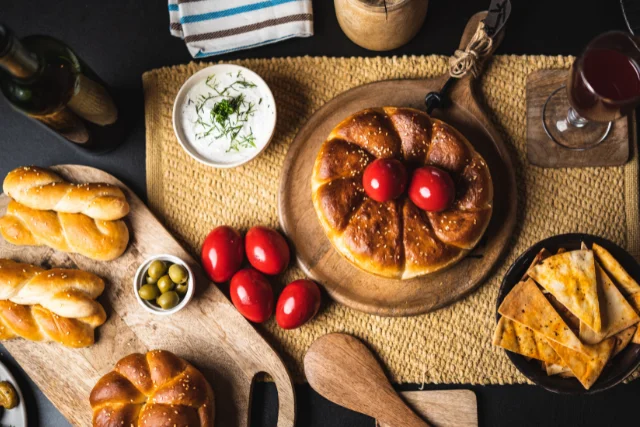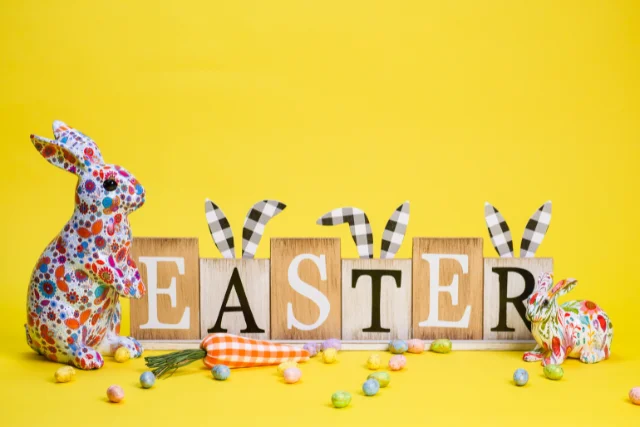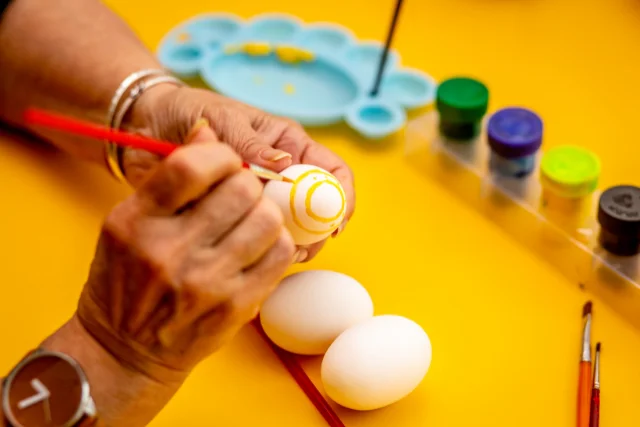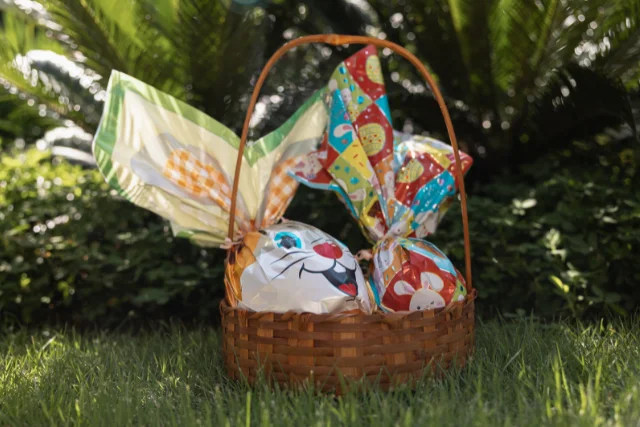As an Amazon Associate, I earn from qualifying purchases. This post may contain affiliate links. If you make a purchase through these links, we may earn a commission at no additional cost to you. Please read our full disclosure here.
Welcome to a delightful journey through the flavors and traditions of Easter! In this article, we’ll explore the rich tapestry of Easter cuisine, from timeless classics to modern innovations. We’ll also delve into the art of hosting an unforgettable Easter brunch, offering practical tips and a sample menu to inspire your celebrations. Join us as we discover the joy of Easter feasting and the warmth of gathering with loved ones around the table.
Exploring Easter Cuisine
Easter, a time of renewal and celebration, is marked by a rich tapestry of culinary traditions that vary from region to region. These global Easter delights provide an overview of traditional delicacies, they represent just a fraction of the diverse array of dishes prepared and enjoyed worldwide during Easter celebrations.
Hot Cross Buns
Originating from the kitchens of medieval England, Hot Cross Buns are a quintessential Easter treat beloved for their pillowy texture and delicate blend of spices. Adorned with a symbolic cross of icing, these buns serve as a poignant reminder of the crucifixion and resurrection of Jesus Christ. With each bite, one savors the sweetness of faith and the promise of renewal.

Easter Lamb
Across Western cultures, roast lamb takes center stage as the pièce de résistance of Easter feasts. Symbolizing the sacrificial Lamb of God, this succulent dish embodies the spirit of redemption and renewal. Whether marinated in fragrant herbs or slow-roasted to perfection, Easter lamb is a culinary homage to the enduring significance of Christ’s resurrection.
Easter Eggs
In the kaleidoscope of Easter traditions, few symbols are as ubiquitous as the humble egg. Whether dyed, decorated, or transformed into delectable treats, eggs serve as potent symbols of fertility, rebirth, and the promise of new beginnings. From intricately painted Ukrainian pysanky to chocolate treasures hidden in Easter egg hunts, these oval wonders unite cultures in a celebration of life and abundance.
Easter Ham (United States)
A hallmark of American Easter dinners, the ham takes center stage, glazed with honey, brown sugar, or maple syrup. It symbolizes abundance and the joy of the Easter feast.

Simnel Cake (United Kingdom):
A traditional British Easter confection, Simnel Cake is a rich fruitcake adorned with marzipan and topped with eleven balls representing the apostles (minus Judas). This indulgent dessert is a symbol of familial unity and spiritual devotion.

Easter Pie (Italy):
Known as “Pizza Rustica” or “Torta Pasqualina,” Easter pie features a flaky pastry crust filled with ricotta cheese, eggs, and savory meats like ham and sausage. It signifies the end of Lenten fasting with a rich and indulgent dish.
Easter Colomba (Italy)
Colomba di Pasqua, or Easter dove, is an Italian Easter cake shaped like a dove. It’s made with sweet, yeasted bread enriched with butter, eggs, and candied fruits, topped with almonds and pearl sugar. Colomba symbolizes peace and renewal during Easter.
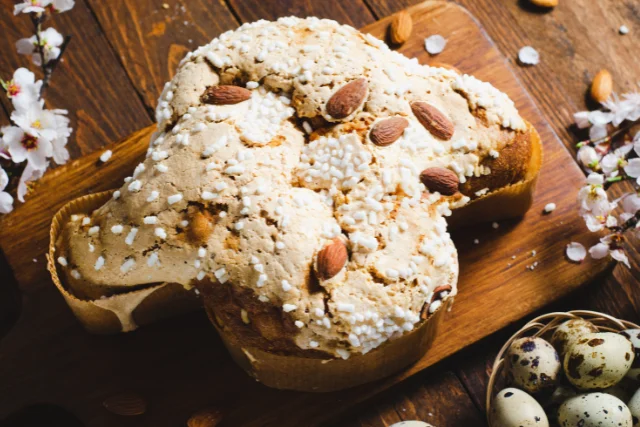
Capirotada (Mexico):
Capirotada is a Mexican bread pudding made with layers of toasted bread soaked in piloncillo syrup, cinnamon, cloves, cheese, nuts, and dried fruits. It symbolizes Christ’s suffering on the cross, with the bread representing His body and the syrup His blood.
Torrijas (Spain):
Torrijas are Spanish Easter treats similar to French toast, made by soaking stale bread in milk, eggs, sugar, and spices, then frying until golden. Flavored with cinnamon and lemon zest, they symbolize abundance and indulgence during the Easter season.
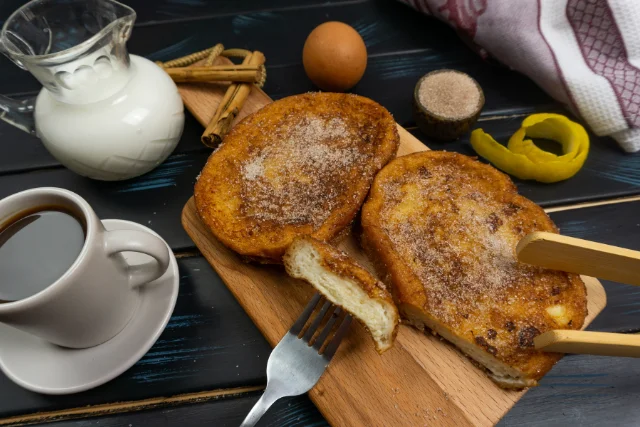
Tsoureki (Greece)
Tsoureki is a sweet, braided bread enjoyed during Greek Orthodox Easter, made with flour, sugar, milk, eggs, mahlab, and mastic. Decorated with dyed eggs, it symbolizes abundance and prosperity, shared among family and friends during Easter festivities.
Pashka (Russia)
Pashka is a traditional Russian Easter dessert, resembling a pyramid or dome, made from quark cheese, butter, sugar, and eggs. Decorated with almonds and candied fruits, it symbolizes the sweetness of Christ’s resurrection, often served with kulich, a tall Easter bread.
Mämmi (Finland)
Mämmi is a traditional Finnish Easter dessert made from water, rye flour, and powdered malted rye, baked until thick and pudding-like. It’s typically served cold with milk or cream and sprinkled with sugar. Mämmi represents the rebirth and fertility associated with springtime.
Folar de Páscoa (Portugal)
Folar de Páscoa is a Portuguese Easter bread typically shaped like a ring or crown and adorned with hard-boiled eggs baked into the dough. The bread is sweetened with sugar and flavored with cinnamon and lemon zest, symbolizing the joy and abundance of Easter.
Easter Biscuits (United Kingdom)
Easter biscuits are a traditional British treat made with butter, flour, sugar, and spices like cinnamon and nutmeg. They’re often shaped like Easter-themed figures such as rabbits, chicks, or eggs and decorated with icing or colored sugar. These biscuits symbolize the celebration of Easter and the arrival of spring.
Crafting the Perfect Easter Brunch
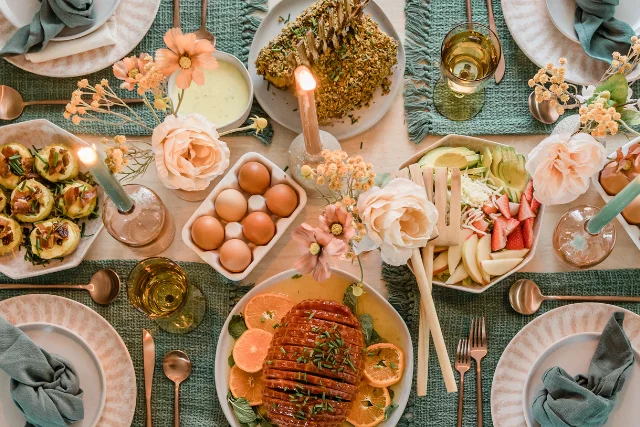
Hosting an Easter brunch is a wonderful opportunity to gather friends and family for a memorable and delicious celebration. Here are some tips to help you create an unforgettable Easter brunch experience:
Set the Scene
Decorate your dining area with springtime-themed decor, including fresh flowers, pastel-colored linens, and Easter-themed centerpieces.
Add festive touches such as Easter egg place cards or decorative bunny figurines to bring a playful element to your table setting.
Create a welcoming atmosphere by playing soft background music and lighting candles to set the mood.
Plan a Diverse Menu
Curate a menu that balances traditional Easter dishes with popular brunch favorites like quiches, pastries, and fruit platters.
Consider dietary preferences and restrictions by including vegetarian, vegan, and gluten-free options alongside classic dishes like roasted lamb or ham.
Prepare Ahead of Time
Plan your menu in advance and prepare whatever dishes you can ahead of time to reduce stress on the day of the brunch.
Make a checklist of ingredients and groceries needed, and ensure you have all necessary kitchen tools and servingware ready.
Focus on Presentation
Pay attention to the presentation of your dishes by using attractive serving platters, garnishes, and decorative accents.
Incorporate seasonal elements like edible flowers, herb sprigs, or citrus slices to add visual appeal to your dishes.
Offer a Variety of Beverages
Provide a selection of beverages to cater to different preferences, including brunch classics like mimosas, Bloody Marys, and sparkling drinks.
Include non-alcoholic options such as fresh juices, flavored waters, and specialty coffees or teas.
Encourage Social Interaction
Arrange seating to facilitate conversation and mingling among guests, whether at communal dining tables or cozy seating areas.
Incorporate icebreaker games or conversation starters to encourage interaction and create a lively atmosphere.
Add Personal Touches
Infuse your Easter brunch with personal touches such as family recipes, heirloom dishes, or special traditions.
Consider creating DIY decor or party favors, like hand-painted eggs or personalized place settings, to add a unique and memorable touch to the event.
By following these points, you can create a memorable Easter brunch experience that delights your guests and celebrates the spirit of the holiday.
